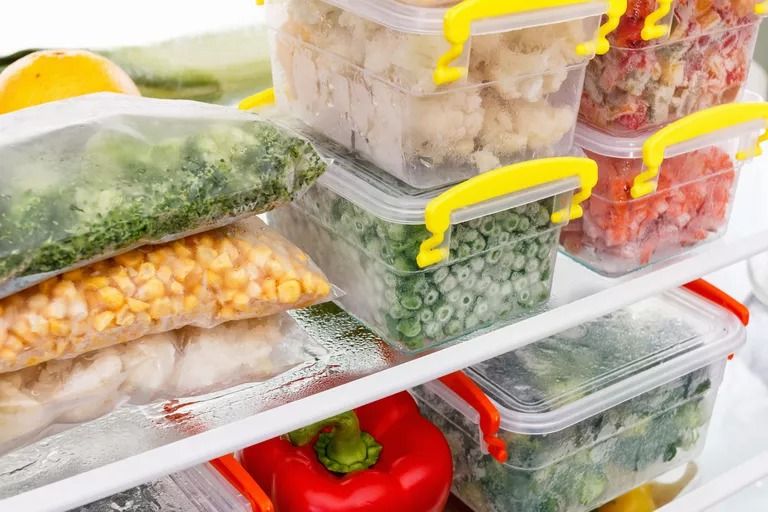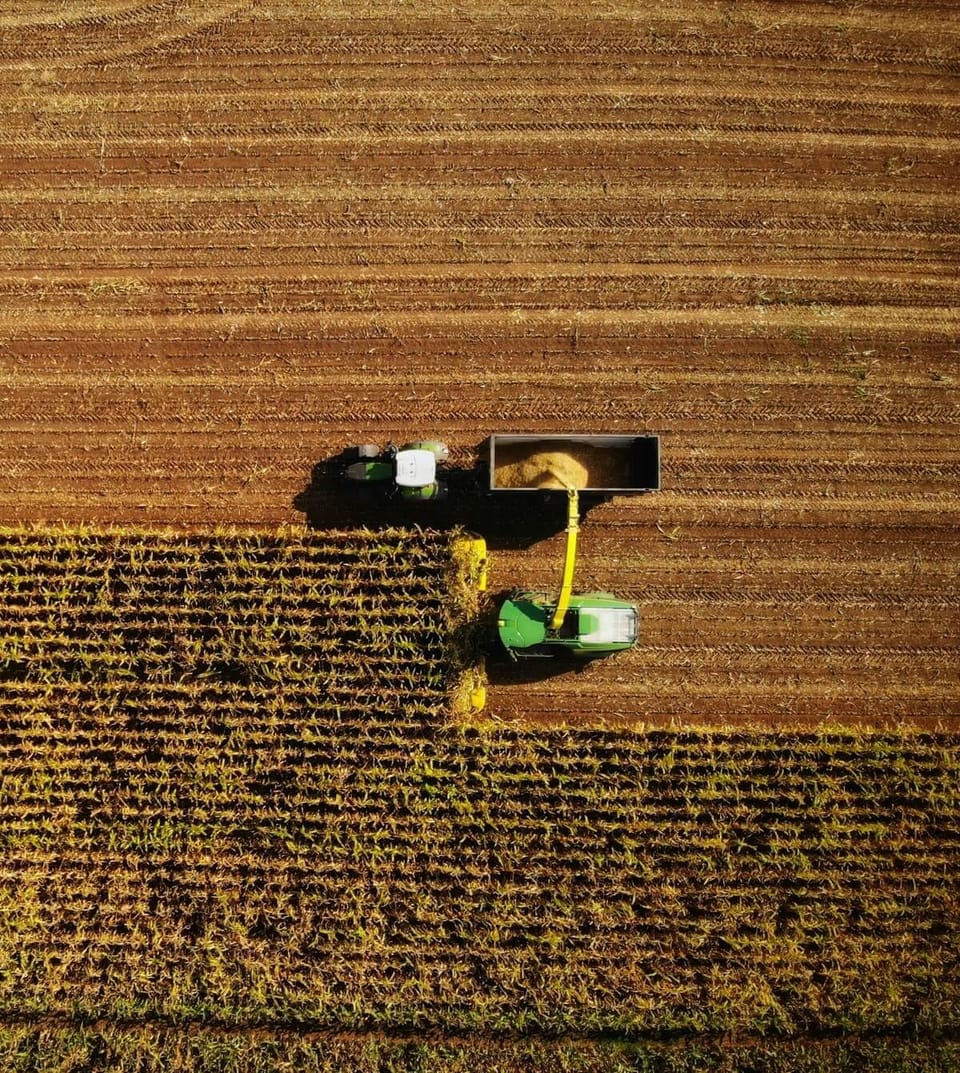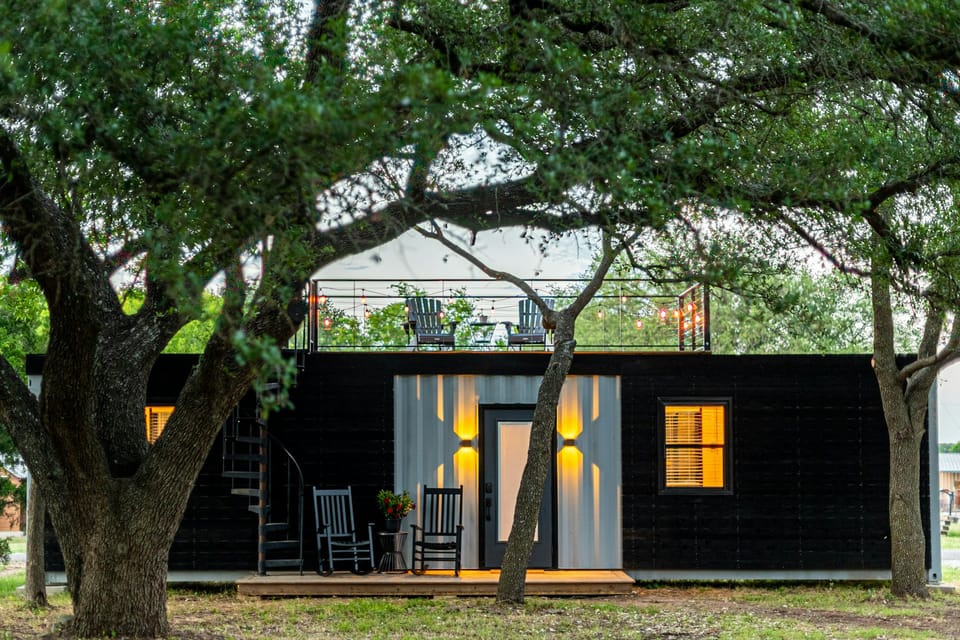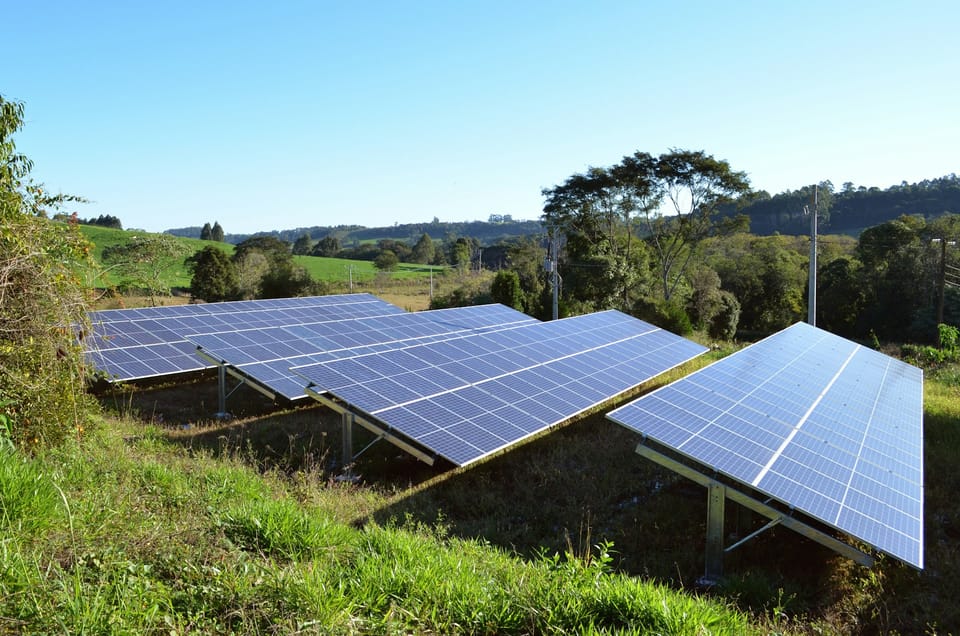Growing Food in and Around a Garden Pond
A garden pond isn’t just for looks—it can support a surprising amount of edible plants and even fish. From watercress and taro to pond-side herbs and vegetables, discover how to grow sustainable food in harmony with nature.
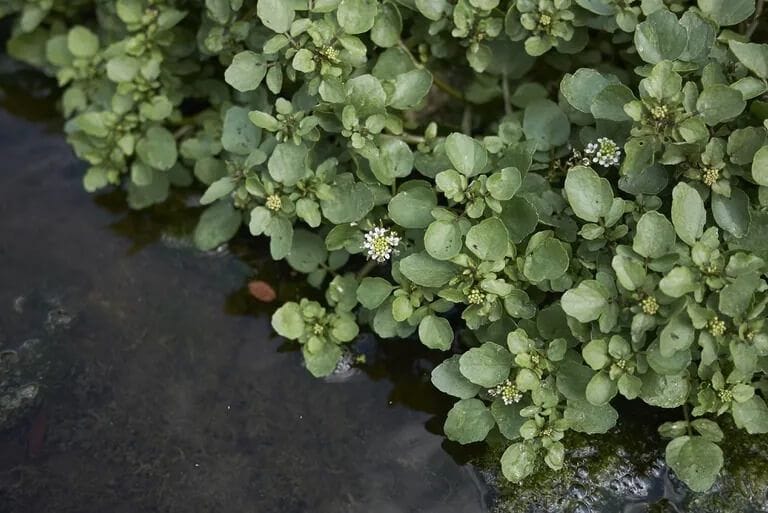
A garden pond is a very useful addition to many organic gardens. It does a great job attracting a wide range of beneficial wildlife to the space, boosting biodiversity, building resilience, and enriching the ecosystem.
But what you might not have considered is that a garden pond can also be a yield-producing part of your garden. Growing food in and around a garden pond is one more interesting way to make sure you make the most of every inch of your space. Just be sure to properly identify the specific species and make sure it is OK for consumption.
The following list includes plants that are native to many areas but may be invasive in a few as well. Always check with your regional University Extension office or a local garden center expert for advice on aquatic plants that may be invasive in your area.
Some Edible Aquatic and Marginal Plants
There are a surprising number of edible plants that thrive in and around a garden pond. Care should be taken when consuming such plants. But when plants are washed well, cooked, or processed before eating, they can often be useful components in a home-grown diet.
Cattail (Typha latifolia)
Cattails (in a number of different plants in the Typha genus) are extremely useful edible plants that grow in shallow water or around the margins of a pond. These are vigorous plants best suited to larger ponds, but they have a huge catalogue of edible uses. Young shoots can be used as an asparagus substitute, while mature stems can also be peeled and eaten. The rhizome is edible and can be cooked or dried and made into flour. Seeds are toasted and have a nutty flavor, and the pollen is a great protein source, used for flour enrichment.
Common Reed (Phragmites australis/P. americanus)
The common reed (Phragmites subspecies) is also a good choice for larger ponds. Their roots can be dried and used to make porridge. And you can also eat young shoots as a vegetable, and eat the seeds. When stems are wounded, they "bleed" a sugary substance that goes hard and can be roasted. The inner stem can also be roasted as a marshmallow substitute.
Bulrush (Scirpus lacustris/S. californicus)
Bulrushes also have edible roots, which can also be ground for flour. And also edible are the young shoots that emerge in the spring. They thrive in shallow pond edges or adjacent boggy areas.
Water Lily (Nuphar advena/N. polysepala/N. lutea)
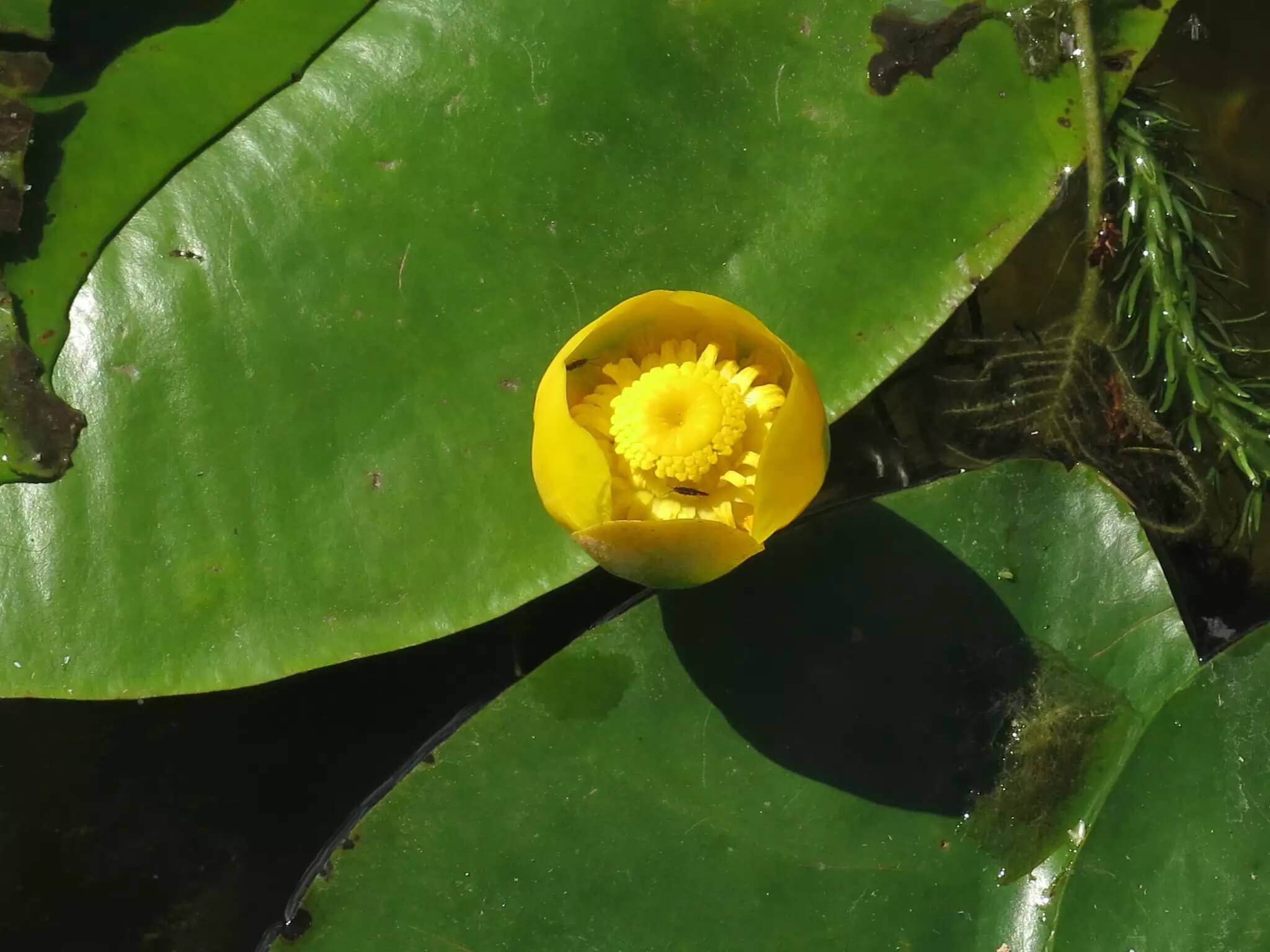
A number of Nuphar subspecies are commonly used in ponds for ornamental purposes. The above subspecies have edible tubers and leaf stalks, and a drink can be made from the flowers. The seeds can also be ground and used as a thickener in soups and stews.
Arrow Arums (Peltandra sagittifolia, P. virginica)
These North American natives also thrive in shallow water. Care should be taken as rhizomes are poisonous when raw. But once well cooked they are another interesting tuberous vegetable.
Sweet Flag (Acorus calamus)
The spicy rhizomes of sweet flag can be used as a substitute for ginger root. Sometimes, leaves are also used to flavor drinks or eaten when cooked.
Pontederia cordata
This plant thrives in water between six inches and one foot in depth. Young leafstalks are one edible yield from this plant. And another is the seeds, which can be eaten raw or used in flour.
Arrowhead (Sagittaria sagittifolia) – can be Invasive in the U.S.
Arrowhead grows well in water up to around a foot or a little more in-depth. The tuber is edible, and it is commonly cultivated in China for this purpose.
Lotus (Nelumbo nucifera)
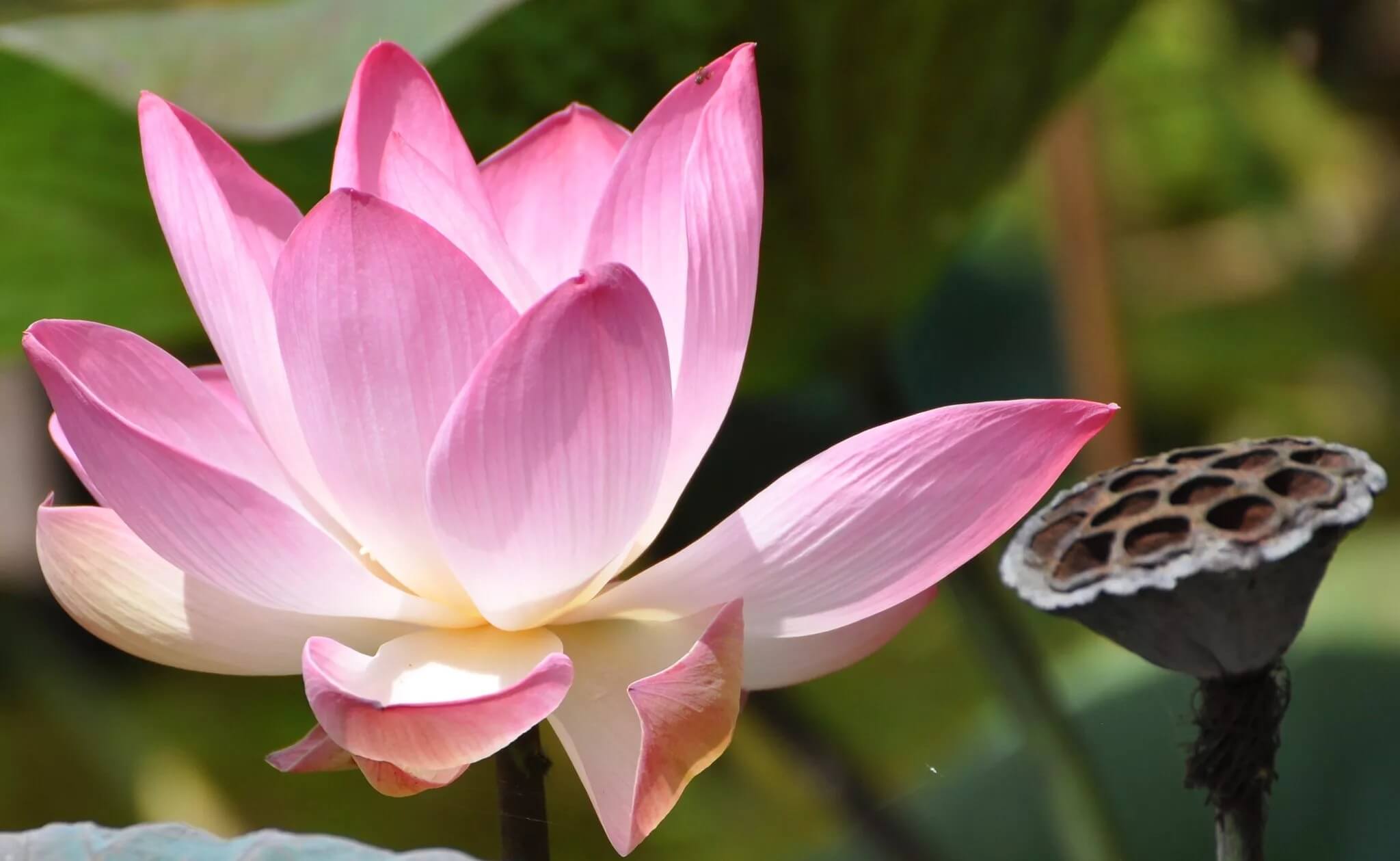
In some parts of the world, lotus has long been prized for its rhizome, which is cooked and used as a vegetable. Other parts of the plant are also edible, such as the stamens, which are made into herbal teas, and the seeds, which have a range of uses.
Watercress (Nasturtium officinale)
Watercress is, perhaps, one of the best-known edible aquatic plants. It can be grown relatively easily on a garden pond where water is moving or agitated by a waterfall feature (which can be solar-powered). The spicy leaves are delicious and can be harvested over a long season.
Water Mint (Mentha aquatica)
Mentha has a flavor and fragrance like other mints. A little, used as a flavoring, can go a long way. The leaves can also, like other mints, be used to brew a herbal tea.
Water Spinach/Kangkong (Ipomoea aquatica) – invasive in some parts of the U.S.
In USDA zones 7-12, this is another very useful edible aquatic plant to consider. Leaves and the young shoots of these plants are cooked and used like spinach. In its native range, in Asia, it is a common and popular leaf vegetable.
Chinese Water Chestnut (Eleocharis dulcis)
In USDA zones 9-12, this is another option. The corm is widely eaten in China as can be cooked and eaten in a range of ways, or dried and ground to thicken sauces, etc.
Wild Rice (Zizania aquatica/ Z. palustris)
North American native wild rice is another useful edible to grow in or around the margins of a pond. It is a delicious grain, which was a staple food for North American tribes. As well as being used like rice, it can also ground and used in making bread and other items.
Wasabi (Wasabia japonica)/Water Pepper (Persicaria hydropiper)
If you like fiery flavor, consider growing wasabi (USDA zones 7-10) or water pepper, both of which can be used for their fiery, peppery taste.
Some of the plants on this list may be toxic to pets. For more information about the safety of specific plants, consult the ASPCA's searchable database.
And More
These are, of course, just some of the many plants that you can potentially grow in and around a pond. For boggy margins around a pond, you might also consider, for example, cranberries, or, in warmer zones, taro. And there is a huge range of other edible plants to consider.
Incorporate chinampa (beds of organic matter built up in the water), or use floating rafts (as in hydroponic or aquaponic systems), and you can also consider using a pond to grow a wide range of other edible crops.
Interestingly, a pond, integrated into a design in the right way, can also potentially allow you to grow, in the vicinity, a range of plants that you would not ordinarily be able to grow in your climate zone. So it can aid your growing efforts far beyond its borders.
A pond does not just have to provide for wildlife. It can potentially provide a wide range of edible and non-edible yields for you too.





